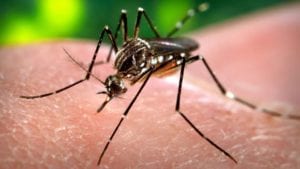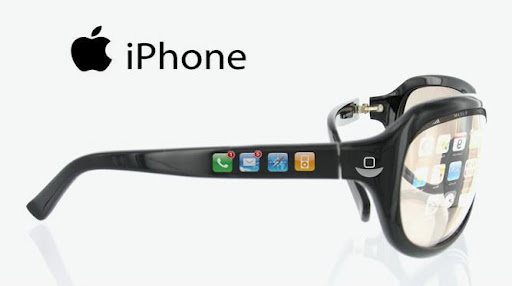If only we could exterminate deadly mosquitoes with a simple swat, we would not face alarming morbidity and mortality rates worldwide as the virus spreads beyond borders. While Dengue has been an ongoing scourge, especially in tropical countries, Zika, discovered in 1947 in Uganda was largely benign until recently. Zika is a virus spread by the Aedes mosquitoes, the very same one responsible for dengue, chikungunya, and yellow fever. The inflammatory and circulatory effects of these 3 diseases present with similar symptoms at its early stages: sudden fever, muscle pain, headache, nausea, rashes, and gastrointestinal symptoms. How afraid must we be? In 2013 more than 1.5 million people were affected in Brazil, and this sheer magnitude enabled the virus to spread swiftly to other countries. Last year, 4,908 cases of microcephaly, a condition where newborns were born with abnormally small heads and brain damage were reported in Brazil causing the U.S. Centers for Disease Control and Prevention to issue travel warnings to women traveling to Zika-affected countries.
Unlike Dengue and Chikungunya, the two other mosquito-borne diseases, Zika is said to be transmitted not just through mosquito bites but also through blood, intercourse, and breastmilk. Studies are ongoing but precautions are observed. A prior history of Dengue in Zika-affected pregnant women also increases the chances of newborn deaths and congenital defects; in short, it makes Zika deadlier. Zika is transmitted by mosquitoes as it bites an infected person and transmits the disease to countless others. Obviously, surveillance, prevention of bites, developing a vaccine, and elimination of breeding grounds are keys to controlling the spread. While immunity is ideal, there is now a growing mistrust of vaccines due to the recent horror of Sanofi Dengue vaccine causing deaths in immunized children. Attention has shifted to identifying breeding grounds and preventing spread as well as engaging the community for crucial information.
 “Zika could end up costing Latin America & the Caribbean up to $18 billion.”
“Zika could end up costing Latin America & the Caribbean up to $18 billion.”
– U.N. 2017
Hi-Tech Devices & Crowdsourcing to Control the Spread of the Zika Virus
Since its explosive spread, scientists from all fronts have developed means to fight Zika – from bio-pharmaceutical to hi-tech smartphone apps. Fast diagnosis when symptoms have just started to manifest leads to better prognosis. A number of smartphone apps help in the diagnosis and control of spread like “Brazil’s Sem Dengue or Without Dengue” that allows Niteroi city citizens to snap photos of suspicious puddles with larvae. Photos are uploaded and through geolocation, the exact location where the photo was taken is identified and within 72 hours or less, control measures are undertaken by the city. Having breaking information is particularly important for female travelers of child-bearing age.
Kidenga
Kidenga, available on iTunes and Google Play is a community science app jointly developed by the UA Zuckerman College of Public Health and the UA Bio Computing Facility that tracks mosquito activities and outbreaks of Dengue, Zika, and Chikungunya. The app encourages early reporting of symptoms by the community in order to identify potential clustering. The app gives relevant information on updates and prevention strategies. Over 1,300 reports are received weekly and 8% of those who report had been sick of either Dengue, Zika, or Chikungunya. Currently, it has users in 116 countries and 33 states with most of the reporting from Texas, Arizona, California, Florida, and the Mexican border.
Kidenga is valuable for travelers as it helps identify gray areas and gives you follow-up care if you feel that you are positive for any of the 3 diseases.
WHO Zika App
This app is the official WHO app that gives a lot of information about suspected complications, response, and complications. It is used by both health workers and the general population.
When downloaded on your Apple or Android smartphone, it gives real-time information, technical guidance, and a whole lot more. It has multimedia content that includes videos, audio, and infographics. The app is available in several languages including English, Spanish, Portuguese, French, and Arabic. (Featured image is from Jordi Serrano Pons


















